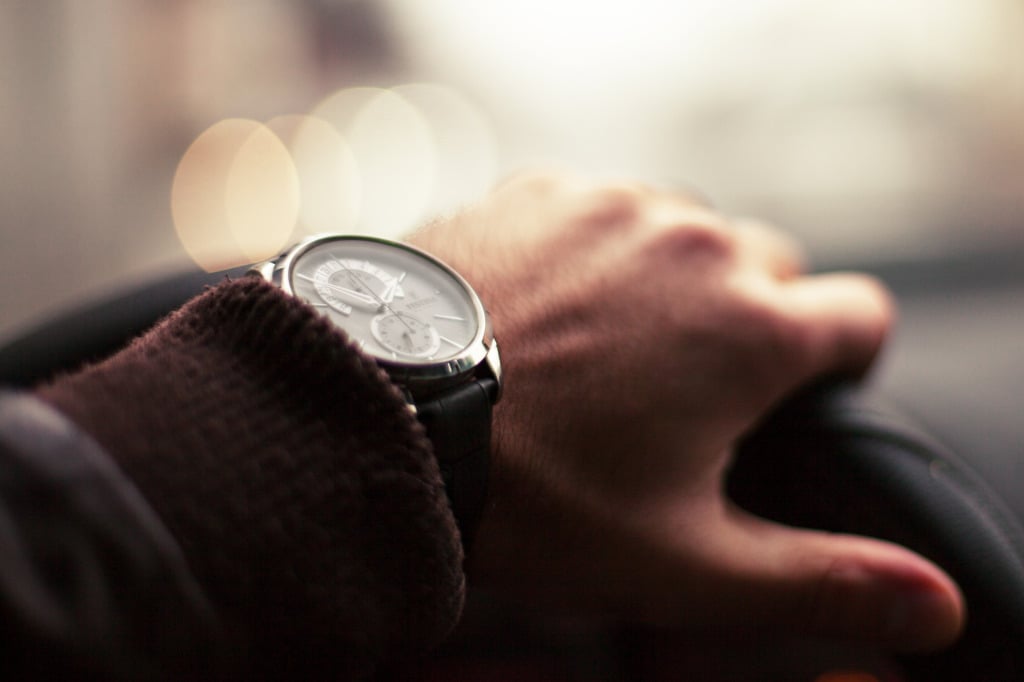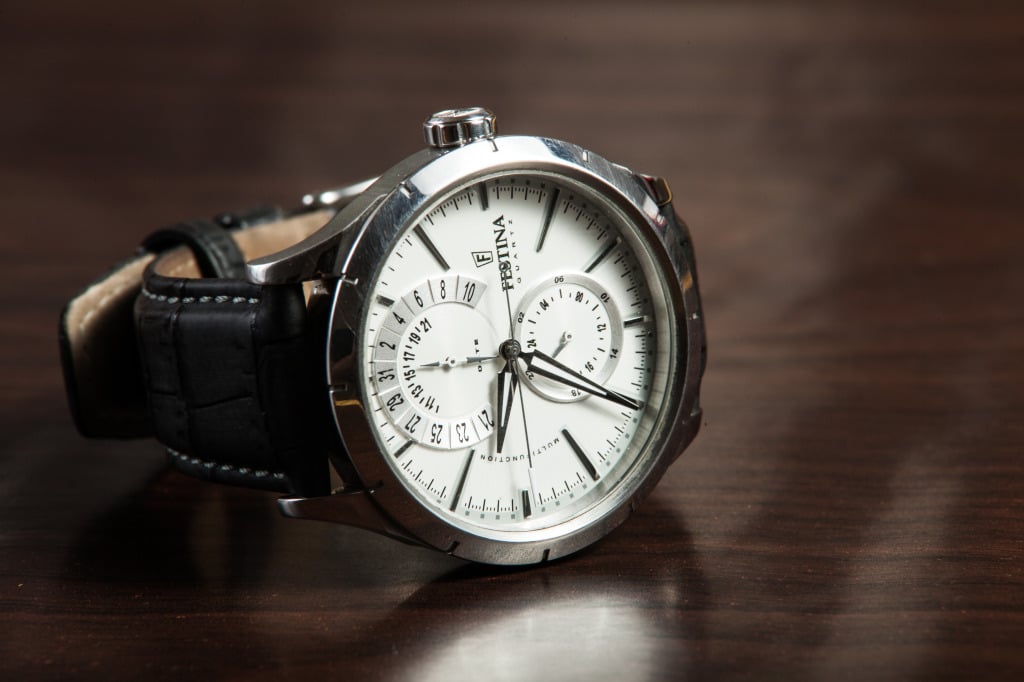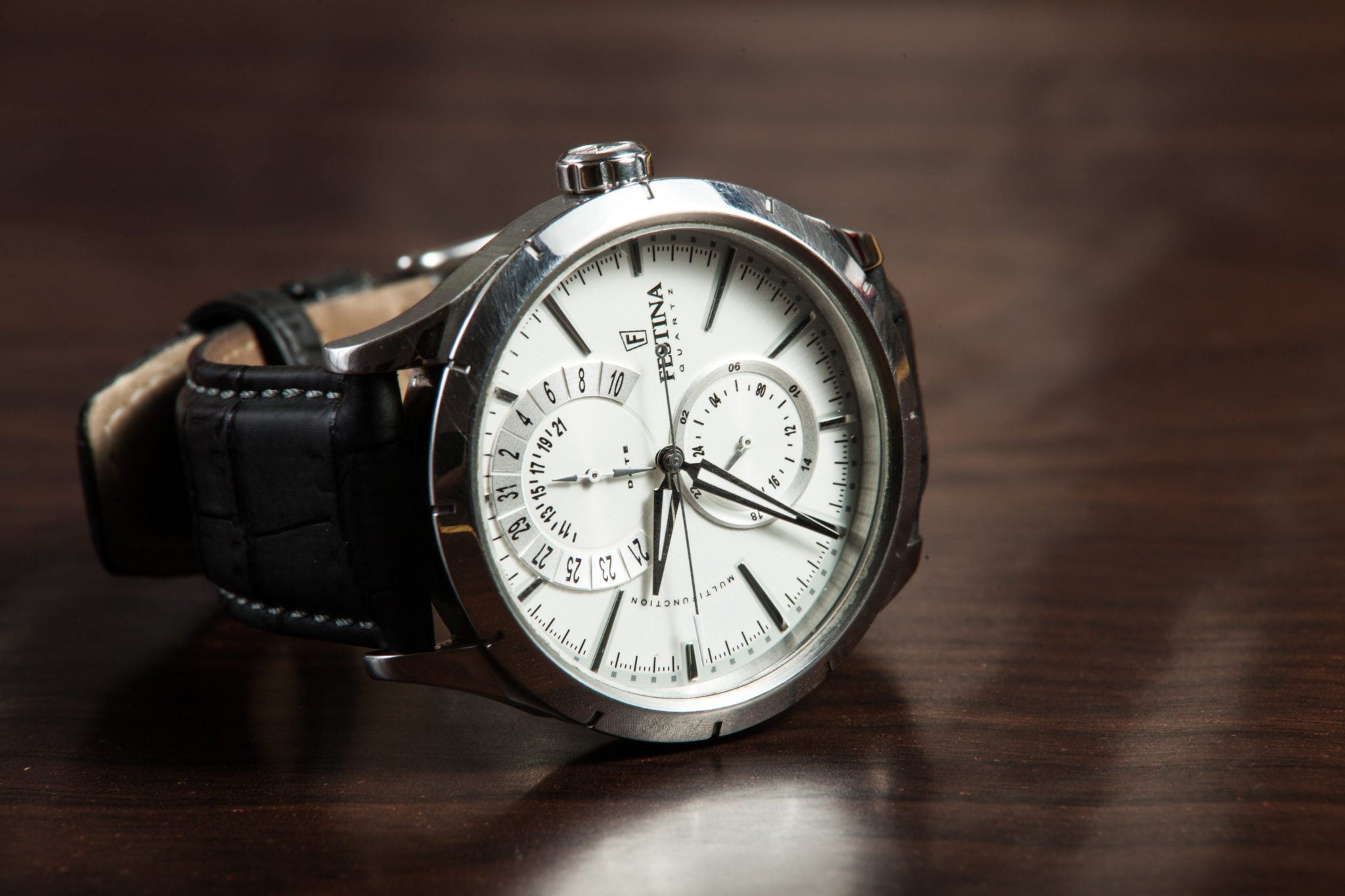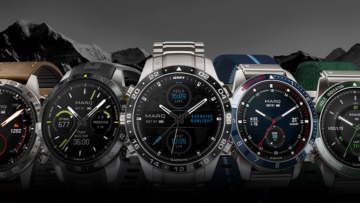Shiny. Beautiful. Fun. Bold.
There’s so many aspects of a new watch that makes finding and buying one so enjoyable.
However, it’s important to take your time and find the right watch that matches your personality and lifestyle, or you might end up returning your purchase or needing to make a new one too often.
In this article, we’re going to look at the 11 most important factors you need to consider before buying a watch. Some are obvious, but some you may not have thought of before.
11 Important Aspects of Buying a New Watch
1. Style

Watches come in all shapes and sizes. In general, you can classify watches into one of the following styles:
- sport
- luxury
- casual
- vintage
The style you should look for depends on when you plan on wearing your watch the most.
If you plan on wearing it to upscale business events, a luxury watch is a good call. On the other hand, if you just want a traditional watch that looks good in a variety of personal and business settings, a casual or vintage watch should suffice. Finally, if you’re an outdoorsman or athlete, a sport watch is likely to have the features and strength you’re looking for.
2. Type (Analog or Digital)
Digital watches have big numbers across the face, displaying the time like mobile phones do. Analog watches appear a little more old fashioned, with clock hands and either roman numerals or digits around the outside.
Most sport watches have a digital interface, while luxury or casual watches have analog faces. While digital watches are easier to read and typically come with other features, they are much more complicated to use.
3. Features
Decide what you’ll be using the watch for. This ties into the style and type of the watch as well.
Even if you’ve decided that you need more than a basic timepiece, how much more do you need?
Most sport watches feature a timer and stopwatch, but perhaps you’re looking for GPS, a speed calculator (tachymeter), or multiple alarms.
If you’re buying a watch for camping purposes, erring on the side of too many features is probably a good idea.
4. Material
Here are the most common materials (for the band and case):
- canvas
- gold
- silver
- plastic
- titanium
- leather (just for the band)
Canvas and plastic watches look cheaper, but are typically more durable and useful outside.
On the other hand, the metal materials all look amazing, but gold and silver watches get expensive fast.
As far as the band goes, leather is less durable, but is lightweight, and adds a traditional look to the watch.
5. Water Resistance
Most watches have a bit of water resistance so that you don’t have to worry about some water splashing on it when you wash your hands. However, many watches (mainly sport) are either splashproof or suitable for swimming and diving. This point is worthy of an article in itself however for a quick reference please see the table below for a comparison of the different water resistance levels. As you can see a 30m water resistant watch is only actually splashproof and is not advised for swimming. The reason behind this is that the 30m (or 3 ATM) is tested as static pressure rather than the much higher pressure experienced when the watch is moved.
| Water resistance rating | Suitability | Remarks |
| Water Resistant 3 ATM or 30 m | Suitable for everyday use. Splash/rain resistant. NOT suitable for showering, bathing, swimming, snorkelling, water related work and fishing. | NOT suitable for diving. |
| Water Resistant 5 ATM or 50 m | Suitable for swimming, white water rafting, non-snorkeling water related work, and fishing. | NOT suitable for diving. |
| Water Resistant 10 ATM or 100 m | Suitable for recreational surfing, swimming, snorkeling, sailing and water sports. | NOT suitable for diving. |
| Water Resistant 20 ATM or 200 m | Suitable for professional marine activity, serious surface water sports and skin diving. | Suitable for skin diving. |
| Diver’s 100 m | Minimum ISO standard (ISO 6425) for scuba diving at depths NOT suitable for saturation diving. | Diver’s 100 m and 150 m watches are generally old(er) watches. |
| Diver’s 200 m or 300 m | Suitable for scuba diving at depths NOT suitable for saturation diving. | Typical ratings for contemporary diver’s watches. |
| Diver’s 300+ m for mixed-gas diving | Suitable for saturation diving (helium enriched environment). | Watches designed for mixed-gas diving will have the DIVER’S WATCH L M FOR MIXED-GAS DIVING additional marking to point this out. |
Source: wikipedia.org
6. Brand
If you’re buying a watch for style reasons, perhaps to show off a bit at work, brand matters. A cheap Rolex has more brand appeal than a top-of-the-line Timex watch. Brands like Rolex, Omega, and Seiko have great reputations and brand recognition.
7. Dial Size and Style

The dial typically refers to the case and the outside of the face. In general, pick a dial size that matches your wrist. If you have thin, small wrists, pick a dial with a small height and diameter. Conversely, if you have thick wrists, pick a bigger face and taller case.
8. Wardrobe Considerations
I’m not an expert at fashion, but I can tell you a few things about watches and your clothing.
First, gold watches typically look great with dark, earthy colors like brown, grey, and green. They look best during the day.
On the other hand, silver and titanium watches looks great at night. They go well with black, blue, and even grey.
9. Power source
Without getting into all the complexities, there are 4 types of power sources for common watches:
- Mechanical: you have to wind these once every day or so.
- Automatic: these wind themselves as you move your wrist around.
- Quartz: these contain a battery that needs to be replaced every few years.
- Solar: Powered by the sun. As long as everything is functional, you neither have to wind or replace anything.
10. Luminosity
One more less-common feature is a light-up face. If you expect to use your watch at night a lot, an illuminating face helps a lot. Additionally, it’s just fun to play with once in a while.
11. Weight
One final factor to consider is the weight of the watch. Some watches barely feel like they’re on your wrist, while others feel like a brick. Find something that feels comfortable. If you like a watch but want a lighter version, see if you can find a similar model with a leather strap instead of a metal band.
Take some time to think about what you’re looking for in a watch based on those 11 factors. Then head to the mall or our online store and find your watch-mate.





